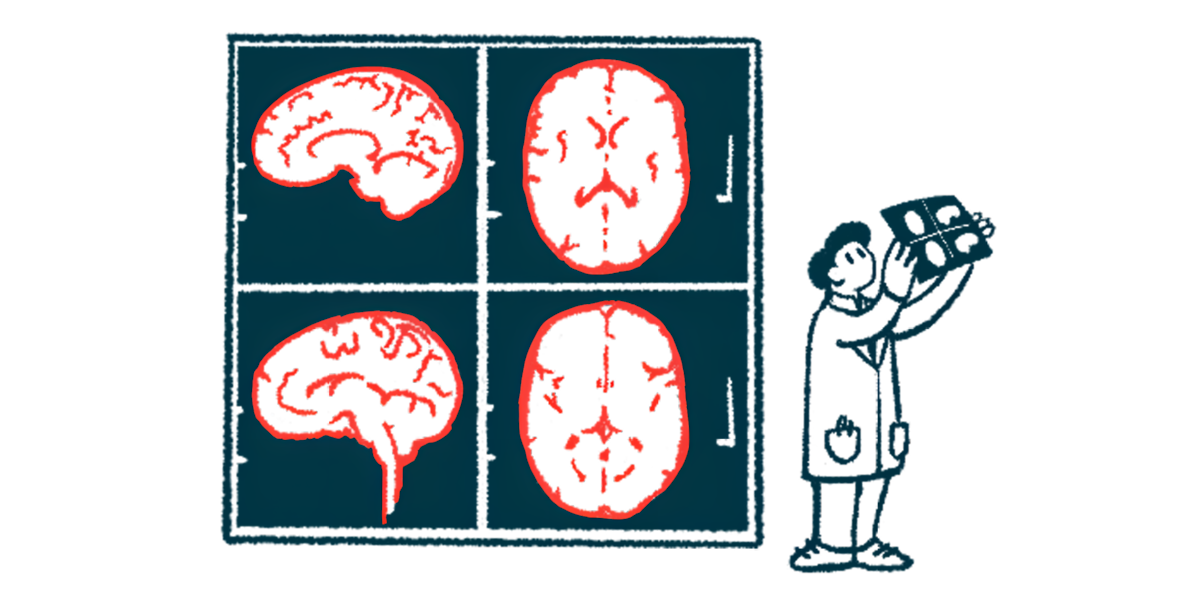Brain inflammation linked to higher risk of dementia in Parkinson’s
Targeting dementia with immunomodulatory strategies may slow, prevent it

Inflammation visible in brain scans of people in the early stages of Parkinson’s disease may serve as an early indicator of dementia risk and offer a promising target for interventions aimed at preventing cognitive decline, a study suggests.
“[O]ur findings suggest that significant … neuroinflammation in early [Parkinson’s] might underpin higher risk for [Parkinson’s disease dementia] development, indicating neuroinflammation as a putative early modifiable … disease factor to prevent or slow dementia development using immunomodulatory strategies,” the study’s researchers wrote. The study, “Neuroinflammation is linked to dementia risk in Parkinson’s disease,” was published in Brain.
In Parkinson’s, clumps of alpha-synuclein protein called Lewy bodies form in the brain and cause the death of brain cells that produce dopamine, a chemical messenger in motor control, attention, and memory. Low levels of dopamine lead to symptoms of Parkinson’s.
Another protein, called tau, can also form clumps known as tangles. While tau tangles are a feature of Alzheimer’s disease, the most common type of dementia, they’ve also been linked to faster cognitive decline in early-stage Parkinson’s.
Dementia’s link to brain inflammation
Researchers at the University of Cambridge in the U.K. conducted a study on a population-based group of people with newly diagnosed Parkinson’s that revealed that nearly half developed dementia within 10 years of their diagnosis.
In this study, the researchers propose that the patients at higher risk of dementia have not only more tau tangles, but also more active brain inflammation before experiencing cognitive decline. Thirty-one patients recently diagnosed with Parkinson’s (mean age, 67.3), were divided into two groups based on whether they were at higher (16 patients) or lower (15) risk of dementia. The study also included 19 age-matched controls without the disease.
Those at a higher risk of dementia had significantly more inflammation in various brain regions, particularly in the subcortical and basal ganglia areas, regions deep within the brain that play key roles in movement, emotion, and cognitive processing, over both controls and low-risk patients. Higher inflammation levels were also linked to worse performance on cognitive tests and the level of brain inflammation positively correlated with the concentration of inflammatory markers in the blood.
While a buildup of tau tangles was observed, that didn’t appear to be linked to cognitive decline. It was linked to more brain inflammation, especially in the high-risk patients, however.
“The resultant data will allow us to confirm whether baseline neuroinflammation and/or tau accumulation can serve as a predictive biomarker to forecast long-term cognitive outcomes, and whether these markers may have utility to track disease progression, as well as effects of potential therapeutic interventions over time,” the researchers wrote. “Taken together, these findings demonstrated that neuroinflammatory changes occur early on in the [Parkinson’s disease] time course and are linked to dementia risk, which supports the hypothesis that inflammation may be an early [disease-causing], potentially modifiable disease factor for [Parkinson’s disease dementia].”







